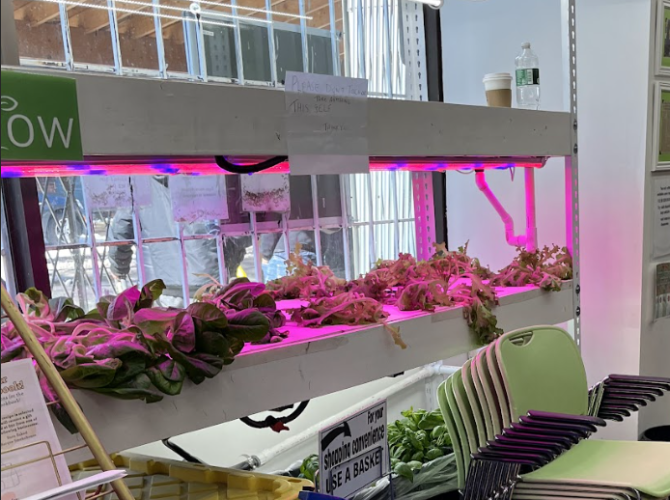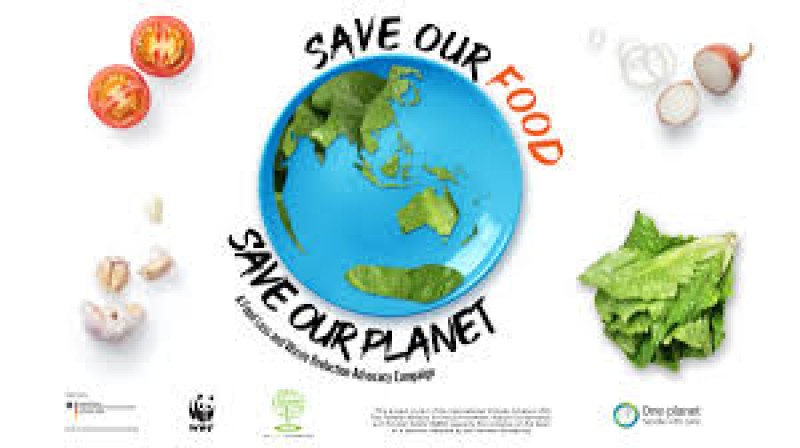
Indoor Farming: A Solution for One or For All?
Indoor farming represents a transformative solution for food banks in supplying fresh produce. With the need for constant vegetables and fruits to be supplied to food bank users, is growing your own a possible solution?
Two summers ago, when Annie attended an entrepreneurship program at the Wharton School of the University of Pennsylvania, she conducted research alongside several entrepreneurs in local grocery stores such as ACME to gather opinions on indoor farming. Through interviews with local grocery store shoppers on an AI-powered indoor plant grower, many expressed their opinion that indoor farming is not only an economically efficient solution to obtaining produce, but also an opportunity to obtain even fresher produce.
However, indoor farming could be an effective solution for food banks as well. “By embracing this innovative solution, food banks can ensure a consistent supply of high-quality, affordable, and delicious fruits and vegetables throughout the year. Fruits and vegetables that may not have been available or more difficult to obtain at certain times of the year may be more available with indoor farming. This increases the choices that food banks have for their customers. Furthermore, the integration of indoor farms not only enhances the nutritional value of food bank offerings but also contributes to building healthier communities by promoting access to fresh, locally grown produce.” - NuLeaf Farms
In fact, some food banks in Toronto have already turned to indoor farming. During Annie’s time volunteering at Parkdale Community Food Bank, she observed the use of indoor farming to produce the food pantry’s very own vegetables that customers can choose.
Thus, indoor farming could become a revolutionary solution for food banks in supplying produce of the highest quality in the most efficient manner.
References:
“Indoor & Farming Solutions for Food Banks | NuLeaf Farms.” Nuleaffarms.ca, nuleaffarms.ca/sectors/food-banks/.




